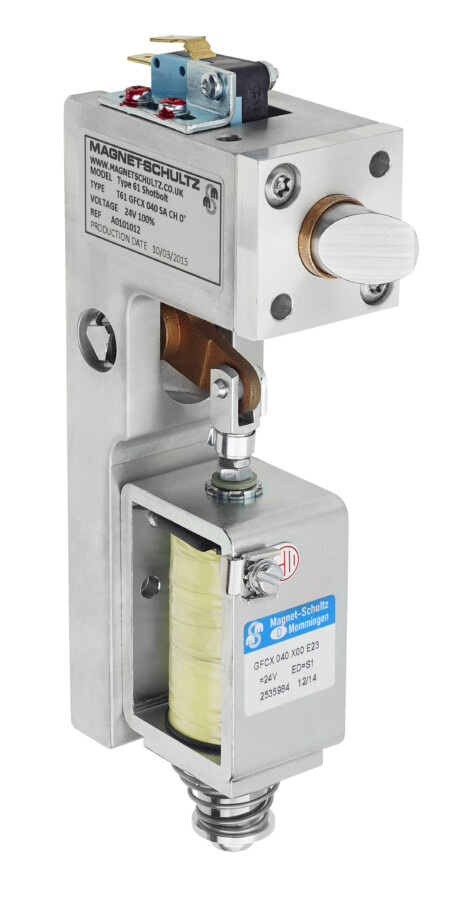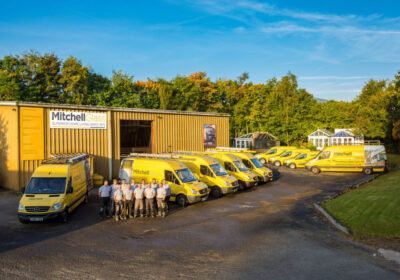A key factor in the security of any door, shutter or hatch is the ability to control that accessway. A lock is the simplest and most recognisable form of control and has been used for centuries.
Electromagnetically actuated locks with a solenoid at their core have been around for decades. They have changed little in 50 years or more. As an example, one proven design that found early favour in the UK was a solution to automatically lock the doors of GPO vans. More mature readers will remember the GPO as responsible for Royal Mail and the national telecommunications service (which became BT in 1980).

Automated locking with a solenoid mechanism provided dependable security for the van’s contents. Magnet Schultz Ltd (MSL) is a world leader in solenoid technology. MSL supplied that GPO solution. Originally called the Type 61, today that solenoid assembly is called the EBL-I (Electric Bolt Lock – Industrial) and its essentially the same as those used on GPO vans. The EBL-W is a fully-enclosed Weatherproof variant.
With such a heritage, other security applications for the EBL-I mechanism are plentiful. It is widely used in Cash-In-Transit (CIT) vehicles to provide security for the payload plus secondary locking functionality for the driver and passenger.
More familiar applications are seen in buildings. Solenoid actuated solutions like the EBL-I are found everywhere in premises access control. Less obvious installations include remote controlled security for roller shutters in the distribution hubs of logistics companies and supermarkets. Here, Transport Managers can prevent access to valuable stock in loading areas and offer time slots to access shipments as part of a coordinated logistics strategy.
A high-class jeweller in a major British city deploys industrial solenoid locks on its entrance doors, controlled from behind the serving counter. Staff can grant access or deny access. They can also deny exit to keep people in if things get troublesome!
All the above examples rely on Magnet Schultz’s dependable electric locking technology.







